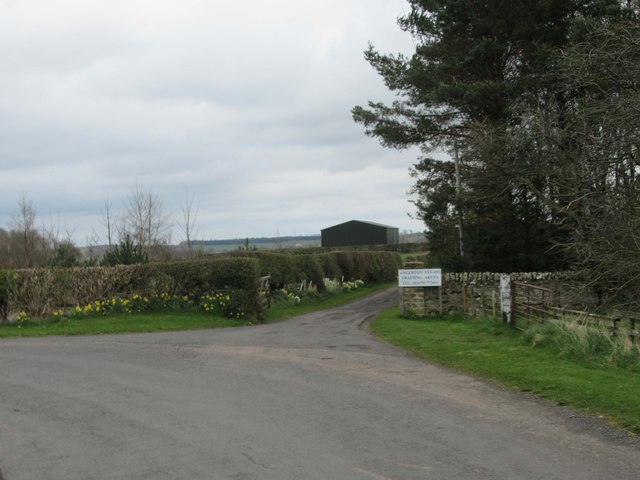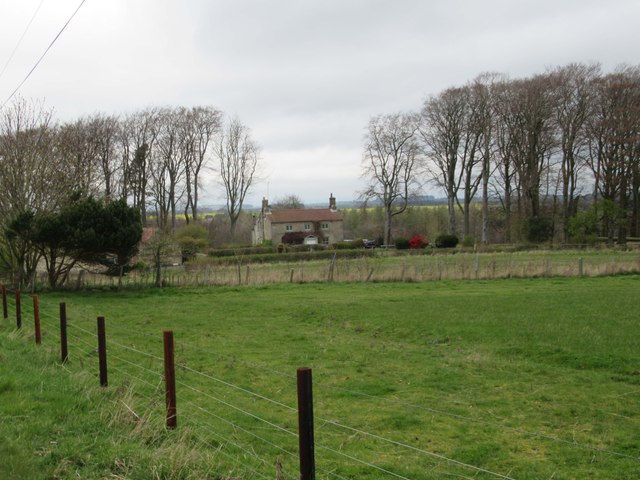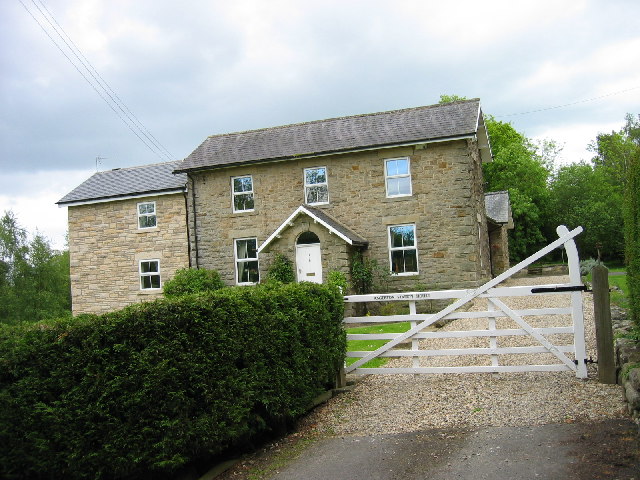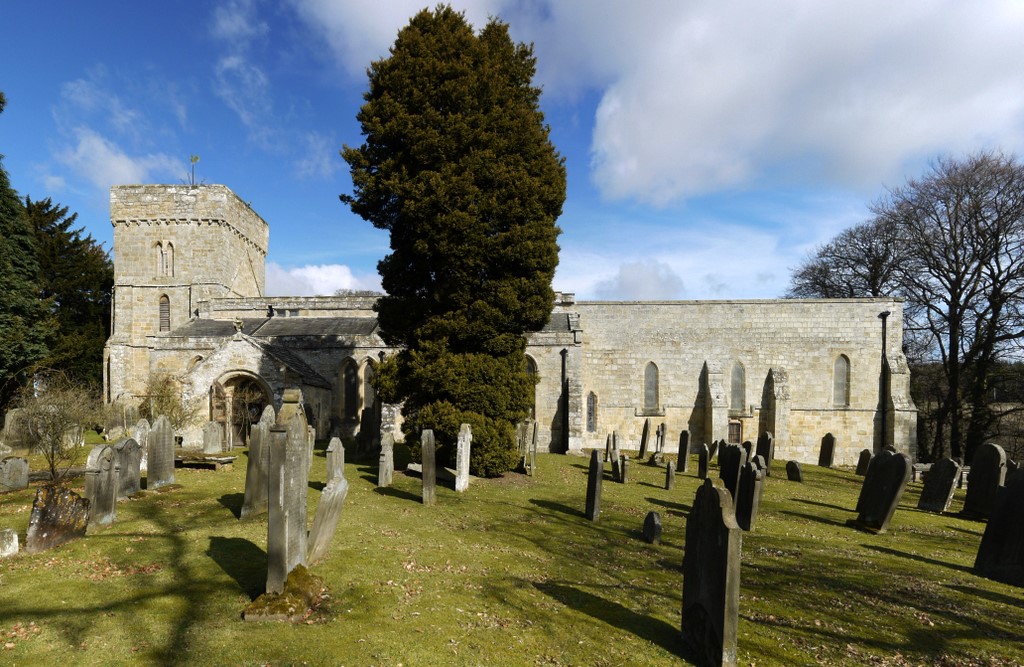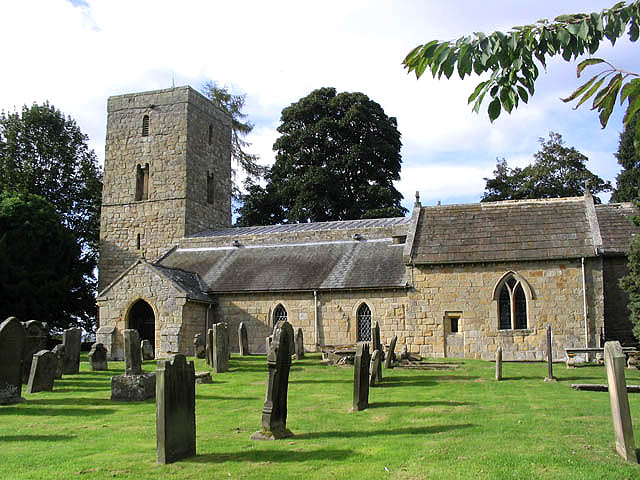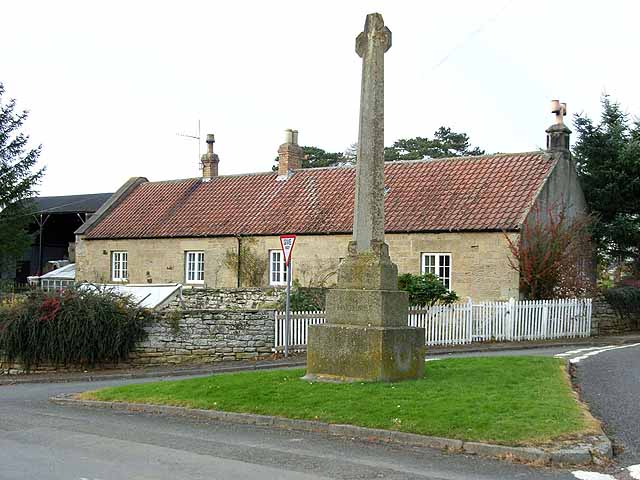Angerton, Low
Settlement in Northumberland
England
Angerton, Low

Angerton is a small village located in the county of Northumberland, in the northeast of England. It lies within the civil parish of Low, which is part of the larger district of Alnwick. Situated near the A697 road, Angerton is approximately 5 miles south of Alnwick and 35 miles north of Newcastle upon Tyne.
The village is characterized by its rural surroundings and picturesque landscapes. Nestled in the scenic Northumberland countryside, it offers residents and visitors a peaceful and tranquil environment. The area is known for its rolling hills, open fields, and rich wildlife, making it a popular destination for nature lovers.
Angerton itself is a close-knit community with a small population. The village primarily consists of traditional stone-built houses, many of which have retained their original charm. There are limited amenities within the village, with a village hall being the main communal facility. However, the nearby town of Alnwick provides a range of services, including shops, schools, and healthcare facilities.
For those seeking outdoor activities, Angerton offers easy access to the Northumberland National Park, which is renowned for its stunning landscapes and opportunities for hiking, cycling, and wildlife spotting. The village is also a short drive away from the Northumberland coastline, where visitors can enjoy long sandy beaches and explore historic castles such as Bamburgh and Dunstanburgh.
Overall, Angerton is a peaceful and idyllic village that provides a serene countryside lifestyle, while still being within reach of essential amenities and nearby attractions.
If you have any feedback on the listing, please let us know in the comments section below.
Angerton, Low Images
Images are sourced within 2km of 55.152972/-1.851673 or Grid Reference NZ0984. Thanks to Geograph Open Source API. All images are credited.




Angerton, Low is located at Grid Ref: NZ0984 (Lat: 55.152972, Lng: -1.851673)
Unitary Authority: Northumberland
Police Authority: Northumbria
What 3 Words
///airbag.dive.plotter. Near Hartburn, Northumberland
Nearby Locations
Related Wikis
Nearby Amenities
Located within 500m of 55.152972,-1.851673Have you been to Angerton, Low?
Leave your review of Angerton, Low below (or comments, questions and feedback).











